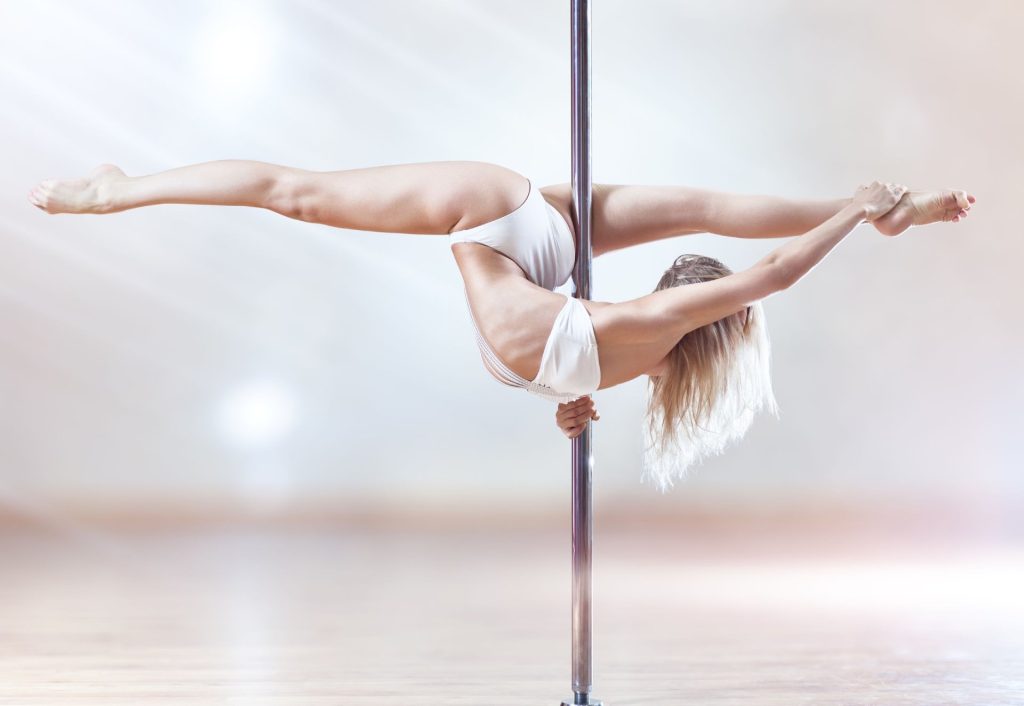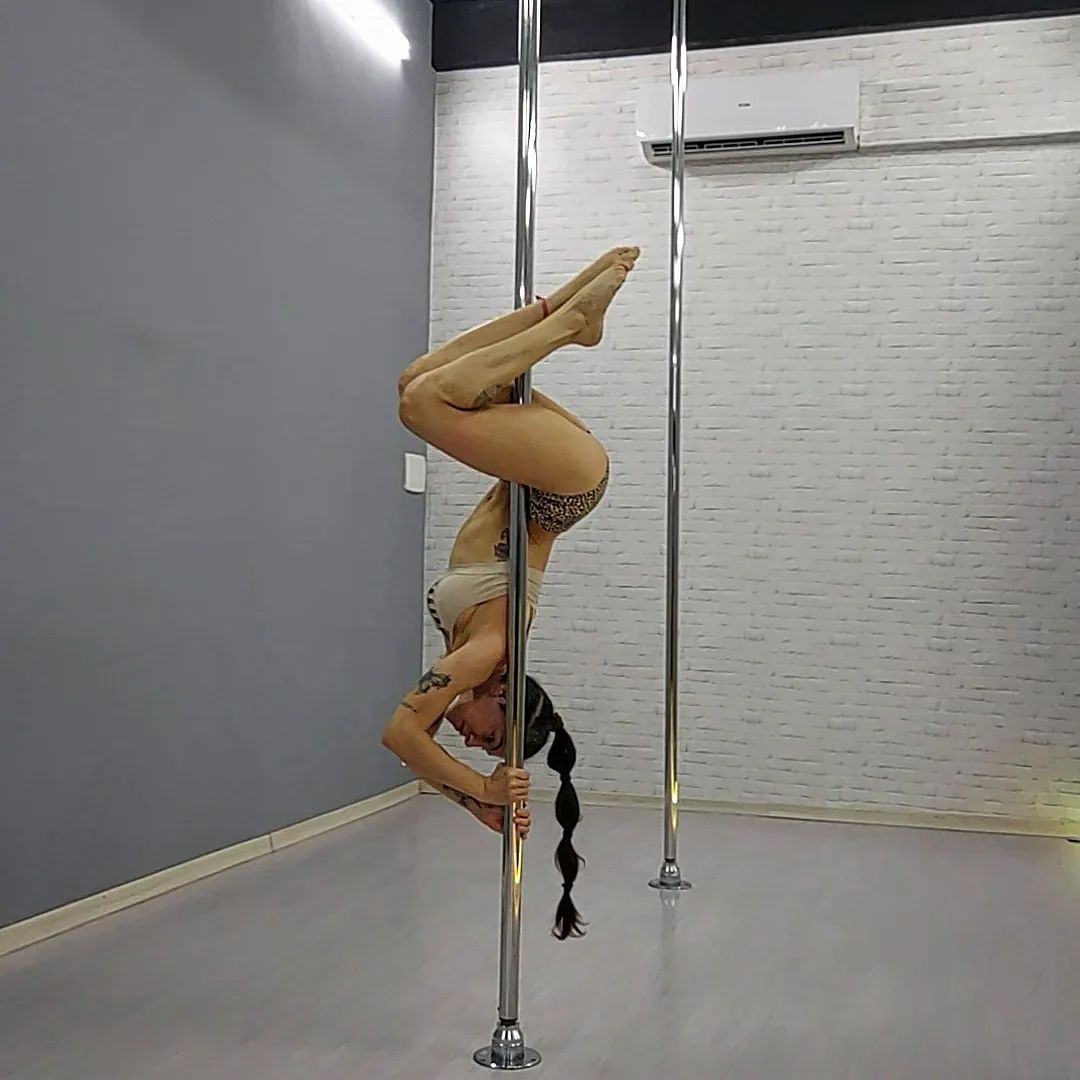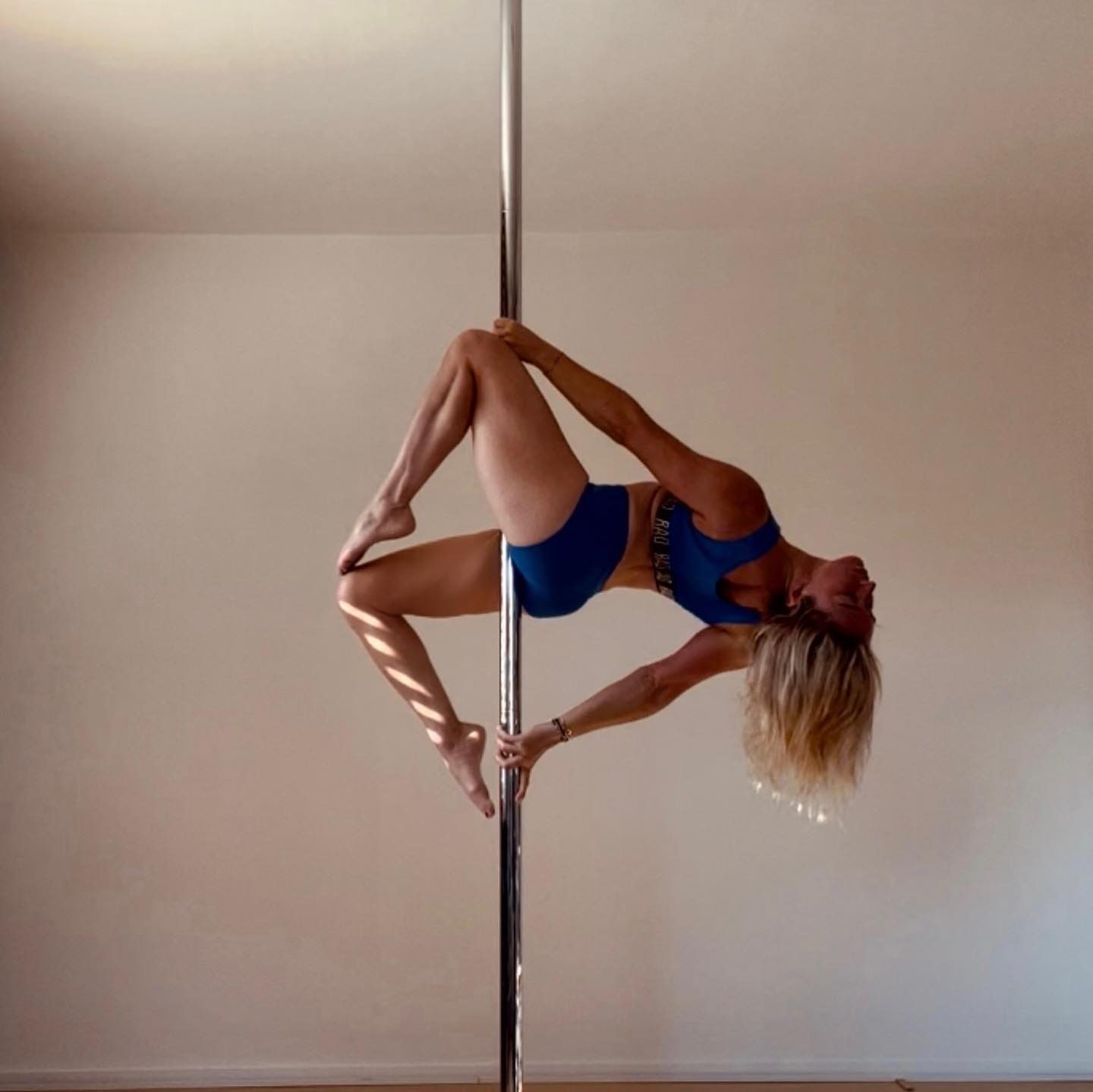Hello there, pole enthusiasts! Welcome to the mesmerizing, powerful, and infinitely rewarding world of pole dance! Whether you’re an awe-inspired beginner taking your first tentative steps into this arena, or a seasoned veteran seeking to refine your skills and knowledge, one of the most intriguing aspects you’ll undoubtedly come across is the pole itself. Not all poles are created equal; and as you embark on your pole fitness voyage, you’re destined to face one quintessential question: static vs spinning pole — which one should I choose?
The choice between a static and spinning pole is more than just a matter of preference; it’s a decision that will shape your experience, influence your progression, and ultimately, play a pivotal role in how you dance. This article aims to serve as your compass in navigating this decision, providing you with an in-depth comparison of the static and spinning poles.
We will delve into the pros and cons of each type, their unique features, and the distinct styles they facilitate. You’ll discover that these two poles, despite sharing the same fundamental purpose, offer completely different experiences that can either ground your movements or set them free.
Static vs Spinning Pole: A Comprehensive Guide
So, buckle up and prepare to immerse yourself in this comprehensive guide that will illuminate your path as you weave your unique dance narrative. Let’s embark on this journey together as we unravel the mysteries behind the static and spinning pole!
So, let’s dive in together as we untangle the nuances between the static and spinning pole, and elevate your pole dance journey to new heights with Pole Now!
What is a Static Pole?
A static pole, as the name implies, is a type of pole that remains stationary during use. Unlike its spinning counterpart, the static pole does not rotate on its axis, creating a stable and controlled environment for pole dancing.
Static poles are frequently chosen by beginners because they offer greater stability and control, helping new dancers develop a strong foundation in pole techniques. They facilitate a wide range of moves, from basic spins to advanced tricks such as inversions and climbs. Because the pole does not move, dancers have to generate their momentum, providing an effective strength-building and endurance-enhancing workout.
Pros and Cons of Static Pole |
|
|---|---|
| Pros |
|
| Cons |
|
To sum it up, a static pole is an indispensable tool in any pole dancer’s arsenal, whether you’re a beginner establishing your pole foundation or a seasoned professional looking to showcase power and control in your routines. It’s all about using the static nature of the pole to your advantage, creating a dance style that’s uniquely yours.
What is a Spinning Pole?
A spinning pole is a type of pole that rotates freely around its axis. This unique feature allows the pole dancer to spin with the pole, creating continuous, fluid movements that add a dynamic, mesmerizing element to their routines.
Spinning poles are often favored by intermediate and advanced pole dancers due to the elegance and smooth transitions they facilitate. The continuous rotation of the pole lends itself well to creating captivating routines with a sustained flow of movements.
A spinning pole also decreases the friction between the dancer’s body and the pole, as the skin isn’t dragged against a stationary surface. This can make certain tricks and transitions feel smoother and more comfortable to execute.
However, dancing on a spinning pole can be more challenging than a static one. Maintaining control of your speed and direction during spins requires additional strength, balance, and coordination. This can also lead to feelings of dizziness, especially for beginners or those not used to the motion.
Moreover, spinning poles can add an extra layer of complexity to pole fitness routines. While many moves are the same on both static and spinning poles, the spinning motion can make some moves more difficult to execute or require a modified technique.
Pros and Cons of Spinning Pole |
|
|---|---|
| Pros |
|
| Cons |
|
In conclusion, a spinning pole offers a unique and exciting avenue for pole dancing. It provides an avenue for dancers to express their creativity and elegance, enhancing their performance with the pole’s fluid, continuous movement. But as with any tool in pole dancing, it takes practice, patience, and determination to master.
Which Pole is Right for You? How to Choose the Right Dance Pole?
Choosing the right dance pole is a crucial step in your pole dance journey. It can influence your progress, the type of moves you learn, and even your enjoyment of the sport. Given the distinct differences between static and spinning poles, making the right choice might seem challenging. However, by considering your individual needs, skills, and goals, you can make an informed decision. Here are some key factors to consider:
- Experience Level
If you’re a beginner, a static pole might be the best choice. It offers greater stability and control, which can be beneficial when you’re still learning the basics. With a static pole, you can focus on building your strength and mastering your technique without having to worry about controlling your movement on a spinning pole.On the other hand, if you’re an intermediate or advanced pole dancer, a spinning pole could add a new layer of complexity and elegance to your routines. However, remember that even advanced dancers often train moves on a static pole before attempting them on a spinning one. - Fitness Goals
If your primary goal is to build strength and endurance, a static pole can provide an effective workout. The need to generate your momentum can help you build muscle and improve your stamina.On the contrary, if your aim is to create fluid, graceful routines that focus more on aesthetics and performance, a spinning pole might be a better fit. - Style Preference
Consider what kind of pole dance style you’re drawn to. If you prefer powerful, acrobatic performances, a static pole might be a better fit. But if you’re drawn to the fluid, balletic movements often seen in pole art, a spinning pole might be a better choice. - Comfort and Safety
Remember, safety and comfort are paramount. If you feel dizzy or uncomfortable on a spinning pole, it might be better to stick with a static pole until you feel ready to transition. - Versatility
Many poles on the market today, including those available at our Pole Now store, offer both static and spinning modes, giving you the freedom to switch between the two. This can be a great option if you want to experiment with both types and evolve your skills in a versatile manner.
In conclusion, choosing the right pole comes down to your individual needs and aspirations in your pole dance journey. Don’t rush the decision. Take the time to research, consider your options, and make a choice that will support and inspire your pole dance growth.
Conclusion
The world of pole dancing is as varied and dynamic as the dancers themselves, offering a range of possibilities for self-expression, strength, and grace. A crucial element in this journey is the pole itself, and the choice between a static and a spinning pole can significantly shape your pole dance experience.
Remember, there’s no one-size-fits-all answer. A static pole might be ideal for those starting their pole journey or for dancers seeking a solid foundation for power moves and strength training. Meanwhile, a spinning pole could be the perfect tool for those seeking to add fluidity and elegance to their routines.
As we’ve explored, each pole type comes with its own unique advantages and challenges. Therefore, the best pole for you will align with your personal goals, comfort levels, and pole dance style.
And of course, you don’t have to limit yourself to one type. Many dancers enjoy using both static and spinning poles, depending on their mood, the specific skills they’re working on, or the type of routine they’re creating.
At the end of the day, whether static or spinning, the pole is a powerful tool for strength, empowerment, and self-expression. So embrace the journey, savor the process, and keep spinning or stay grounded — the choice is yours!
Don’t forget to check out our Pole Now store for a range of high-quality static and spinning poles to suit all your pole dancing needs. Happy dancing!



